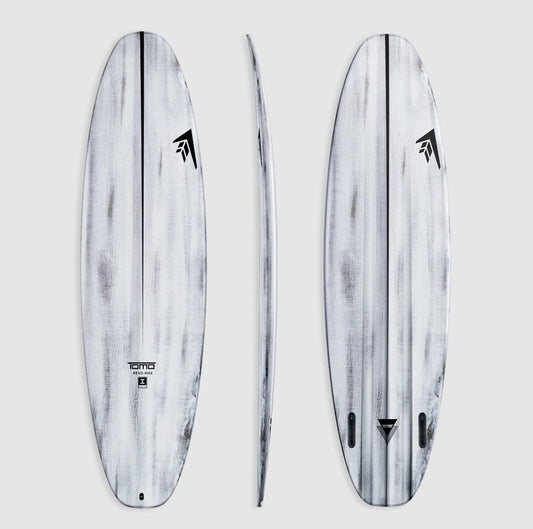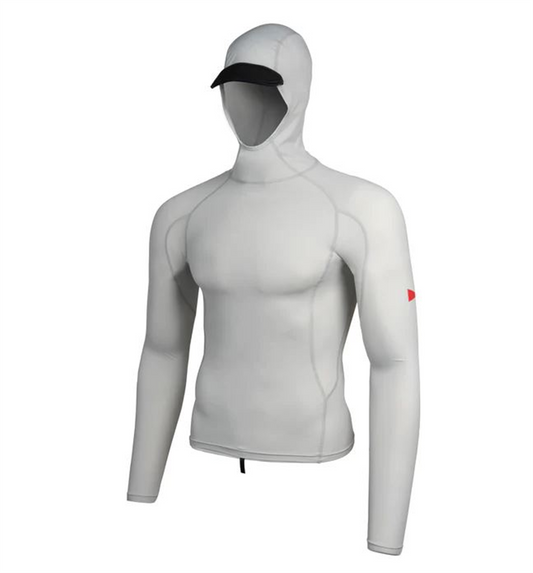Expert Tips to Get Great Traction on Your Surfboard in New Zealand Waves
Introduction:
Surfing is not just a sport; it's a way of life, especially in the stunning coastal paradise of New Zealand. To catch those pumping Kiwi waves and experience the thrill of riding them, a well-maintained surfboard is important. One crucial aspect of surfboard maintenance is waxing. In this comprehensive guide, we'll walk you through the step-by-step process of waxing your surfboard, ensuring it remains grippy and ready to shred those waves.

Why Wax Matters:
Waxing isn't just about aesthetics; it's about providing good traction on your board so you can get your best performance out of it. A properly waxed surfboard provides traction, stability, and control, allowing you to keep your board under your feet when you're tearing the wave to pieces. Whether you're a beginner or an experienced surfer, mastering the art of waxing will enhance your overall surfing experience.

Materials You'll Need:
- Surf Wax: Choose the appropriate wax for the water temperature in New Zealand. Softer wax is ideal for colder waters, while harder wax is better for warmer temperatures. Most brands of surf wax, like the New Zealand made Sticky Johnson surfboard wax, will have a water temperature range on their packaging. When the temperature ranges cross, factor in the current air temperature as well. Harder wax will stay on better, especially in warmer temperatures, softer wax is easier to apply but also slips more readily when it gets warmer.
- Base Coat Wax: Provides a solid foundation for the topcoat wax to adhere to. This is the hardest wax and is often also used as a top coat for tropical water temperatures
- Wax Comb: For removing old wax and creating texture on the surface. It will have a sharper flat edge for wax removal and comb teeth for improving texture and therefore traction.
- Clean Rag: To wipe off excess wax and give your board a final polish. To get the board completely clean of wax you can. To completely remove any excess wax you can use a product like Sticky Johnson's wax remover
- Hair Dryer (optional): Helps soften hard wax for smoother application.
- Wax Organizer: Keep your different waxes organized and accessible.

Step-by-Step Guide:
- Prepare Your Work Area: Ideally choose a clean space to wax your surfboard. Place the board on a soft surface, like a towel or foam pads, to prevent scratches. If you are at the beach put your board on the grass, avoiding stones or other sharp objects
- Remove Old Wax: Use the wax comb to gently scrape off the old wax from the board's surface. Take your time to ensure all residue is removed. Or for the absolutely easiest way you've ever de-waxed your board try the new Wax Fresh surfboard scraper
- Clean the Board: Wipe the board with a clean rag to remove any remaining wax and dirt. This step ensures proper adhesion of the new wax. If you want to have a perfect-looking wax job you can use masking tape to block off areas like along the wails where you want a clean line
- Apply Base Coat Wax: Rub the base coat wax evenly over the entire deck (top) of the surfboard. Apply firm pressure to create a solid layer. This layer provides a grip for the topcoat wax. Basecoat is the hardest wax so if you are at home you can dip it in near boiling water to soften up for the first coat when it is trying to adhere to your board. Cross-hatching on a 45 degree angle then perpendicular to that is a good starting point. Then once you have a bunch of cross hatches start to apply wax in circles and it will bead on to itself.
- Create Texture: Use the wax comb to create a crosshatch pattern on the base coat wax. This texture will help the topcoat wax adhere better and provide enhanced grip.
- Apply Topcoat Wax: Apply the topcoat wax in small, circular motions. If the wax is too hard, you can use a hair dryer or hot water to soften it slightly. Start from the tail and work your way towards the nose. Be thorough, but avoid over-waxing, as it can negatively impact performance. For a shortboard stop waxing after about the chest area. For a longboard wax the entire deck so you can walk to the nose.
- Adjust Wax for Temperature: If you're surfing in colder waters, apply a softer wax as a topcoat for better traction. For warmer waters, use a harder wax. Adjust the wax based on the conditions you'll be facing. Its a good idea to rewax your board at the start of each season to get rid of the wrong hardness of wax.
- Finishing Touches: Use the wax comb again to lightly create texture on the topcoat wax. This will give you some nice grip
- Polish the Board: Take a clean rag and gently polish the waxed surface. This step helps in removing excess wax after the combing that will stick to your wetsuit.
- Check and Adjust: Before hitting the waves, assess the grip. If you need more traction in specific areas, apply a little extra wax as needed.

Pro Tips:
- Wax Often: Regularly check your board's wax condition. Reapply wax as needed, especially if you notice reduced traction.
- Clean Your Wax Comb: Keep your wax comb clean to maintain its effectiveness in creating texture.
- Stay Consistent: Stick to a waxing routine that matches the water temperature. Consistency is key to optimal performance.
- Experiment with different brands of wax: Until you find your favourite.
Conclusion:
Waxing your surfboard is more than a maintenance chore—it's a ritual that connects you with the waves and enhances your surfing adventure. By following this comprehensive guide, you're well on your way to mastering the art of waxing and maximizing your surfboard's potential. With the right wax and proper technique, you'll be riding the waves of New Zealand with confidence and style, experiencing the thrill of surfing at its finest.



